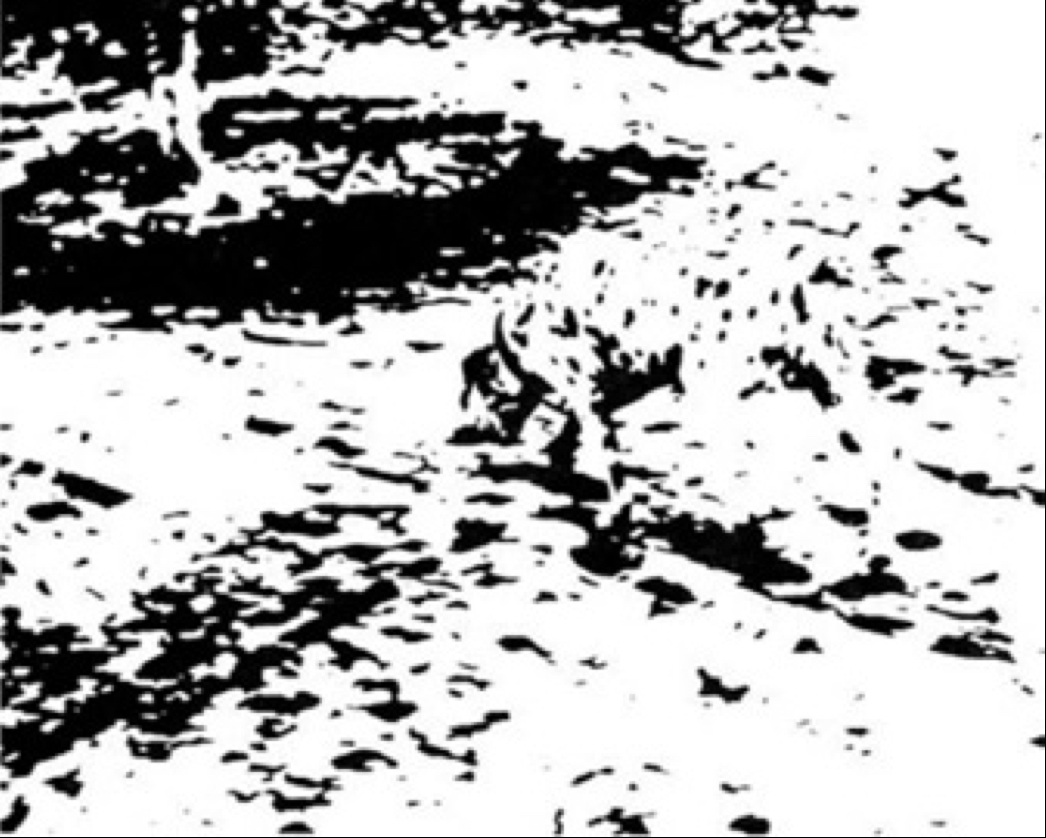The right hemisphere sees the whole first, and then the left hemisphere separates it into parts🧠
The global attention of the right hemisphere precedes the narrow attention of the left hemisphere, and predicatively the right hemisphere sees the whole, before whatever it is gets broken up into parts by the left hemisphere in our attempt to ‘know’ it. Its holistic processing of visual form is not based on the summation of parts. On the other hand, the left hemisphere sees part-objects. The best-known example of this process of right hemisphere Gestalt perception is the way in which the Dalmatian dog, sniffing the ground in the shade of a tree, suddenly emerges from this mass of dots and splashes:

The process is not a gradual putting together of bits of information, but an ‘aha!’ phenomenon—it comes all at once. The right hemisphere, with its greater integrative power, is constantly searching for patterns in things. In fact its understanding is based on complex pattern recognition. This is why the right hemisphere is so often connected with “intuition,” which is a way of thinking between and around data-points on the perceptual screen—sensing what total field the points must be part of.
References
-
Mcgilchrist, Iain. (2010). The Master and His Emissary Chapter 2 What Do the Hemispheres Do (96). London, UK: Yale University Press.
-
Wilson, A., Robert. (1983). Prometheus Rising Chapter 11 The Holistic Neurosomatic Circuit (Location 2184). Grand Junction, Colorado: Hilaritas Press.
Metadata
Type:🔴 Tags: Biology / Neuroscience / Neuropsychology Status:☀️